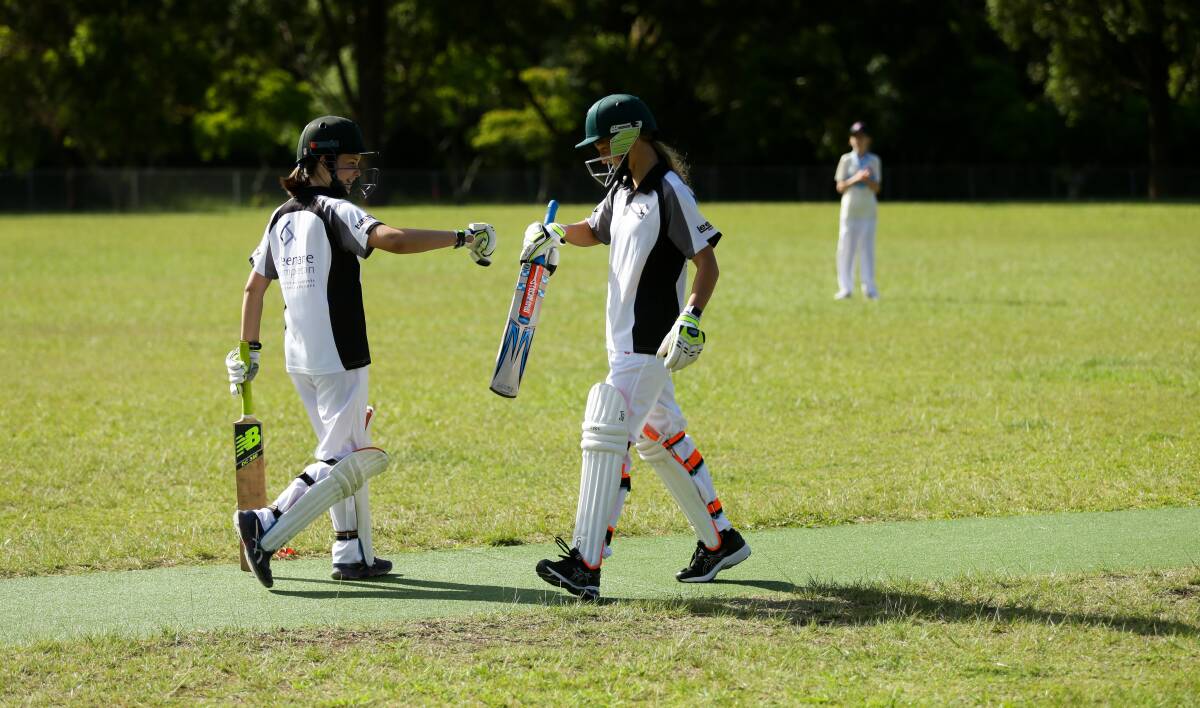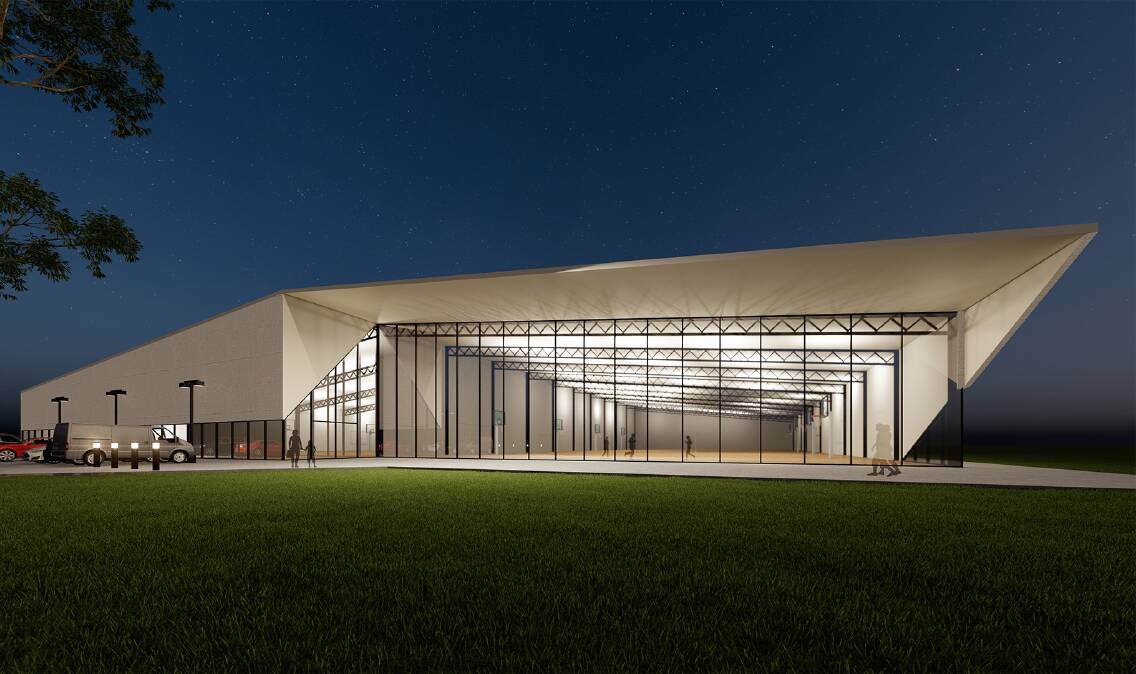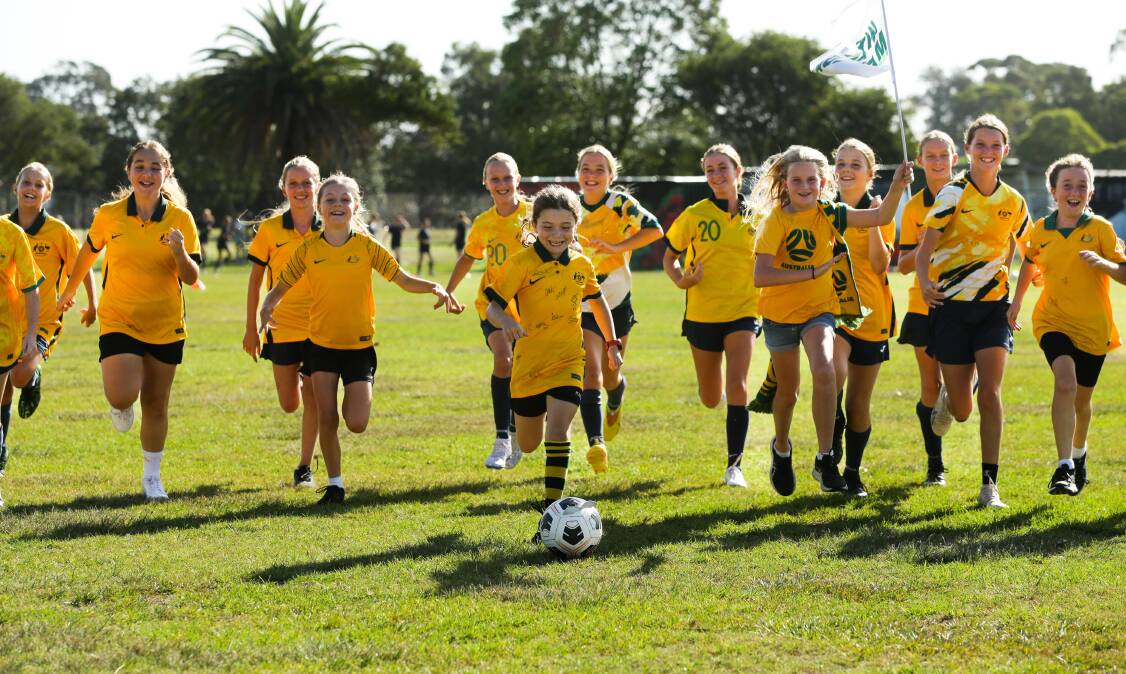
A proposed $30 million basketball stadium planned to transform two of Newcastle's suburban sporting fields into an eventual 12-court indoor precinct has raised concerns among some local sports codes about the availability of green spaces in the city as community sports experience a boom in participation in the post-COVID years.
Tensions over turf rights have most recently led to a bitter public feud inside the New Lambton Football Club - one of the Hunter's largest local football clubs - as the code's leaderships bicker over who should have rightful access to limited inner city spaces.

Neighbouring Lambton Jaffas, juniors have also expressed similar concerns over the safety and sustainability of their amenities if community sport faces a net loss in inner city fields to accommodate the ambitious indoor precinct.
Nathan Errington, the president of the Jaffas' Juniors, said the club - in agreement with the New Lambton FC Juniors - was opposed to the stadium project over fears that the loss of Wallarah and Blackley ovals at New Lambton would displace players onto their turf and put onerous pressure on their sporting amenities, which have struggled to keep pace with thriving participation.
Mr Errington, who estimated he had more than 500 junior players on the club's books, said the Jaffas had been forced to turn prospective players away this year because the club didn't have space on its rosters.
Northern NSW Football, which auspices the Hunter's 12 NPL men's and eight NPL women's clubs as well as associated community grades, tracked a 12 per cent increase in player registrations, with just shy of 54,000 players registered as of March 2. Participation by women and girls has grown 22 per cent from last year and now accounts for just over 15,300 players.
Mr Errington, who has been the Jaffas' junior president for four years, said that he would rather see efforts funnelled towards maintaining and improving local sporting facilities.
While he admitted that the Jaffas do not use Wallarah or Blackley ovals - and the New Lambton FC Juniors home turf is on Novocastrian Park - Mr Errington's concern was that, in the inevitable shake-up as codes manoeuvre around limited spaces, his code would suffer.
"We're just nervous about where everyone else is going to go when (we're) maxed out," Mr Errington told the Newcastle Herald this week.

"We had to turn people away this year because our spots were filled, and we can't fit them on the ground ... where are they going to put these people? We are all about community and all about soccer ... but is this the best place to use when the fields that are being proposed are going to be overused?"
Mr Errington said his teams used their home grounds at Harry Edwards Oval and Lambton Park five days a week. He was concerned that overtaxing the ground would be unsustainable on the turf and could raise player safety issues.
"We try to work with the council to look after the grounds ... but there is going to be wear-and-tear; we've got a cricket pitch in the middle of Harry Edwards Oval. We're just afraid to damage people and damage kids."
But one of the key stakeholders in the proposed stadium build - Newcastle Junior Cricket Association, which runs competitions on both Wallarah and Blackley ovals - said the issue of green space has been ongoing for years. While local clubs were concerned about a potential "net loss" of turf space if the project went ahead, it was at least in part incumbent on local clubs to be proactive in managing the city's green spaces.

Association president Andrew Cornwell said local cricket in Newcastle and the Hunter had seen significant growth - particularly among women and girls - in the inner city, but spaces were under less pressure in areas around Lake Macquarie and Port Stephens.
The code has run junior competitions mid-week to alleviate pressure on the weekends and had been "strategic" around grant applications to fund upgrades to their home grounds.
"We can't create more green space, so we've needed to be innovative about how we use those green spaces," Mr Cornwall said.
Mr Cornwall said that the growth in girls' and women's participation in local sports, for example, meant that many local sports grounds faced expensive upgrades to ensure players had gender-appropriate amenities.
"Gender-appropriate amenities are expensive, a lot more expensive than putting in, say, a new cricket wicket," he said, "And as such, those toilets need to be used all year round. So we always look to reach out to football and other codes if we're looking to improve toilet facilities, to see where we can work together, where they can use it throughout winter, and we can use it throughout summer and try and get the best usage of the space available."
Mr Cornwall agreed that community codes faced a common concern about a net loss of green space, particularly in the inner city, but he broadly supported the consultation process.
"A net loss of grounds would be very difficult for us because of the player growth in town, and we've been working closely with the council to try and work our way through that and see if we can find some replacement facilities," he said. "In a quid pro quo, we will always try to use our facilities as efficiently as possible."
"(Wallarah and Blackley ovals) are a critical piece of green space in town. Council has been consulting widely and thoroughly with stakeholders, including us, to try and work out a solution."







